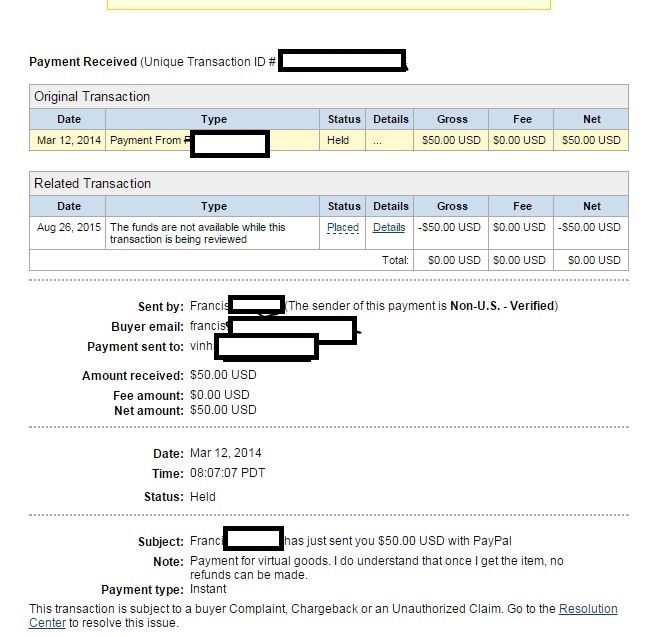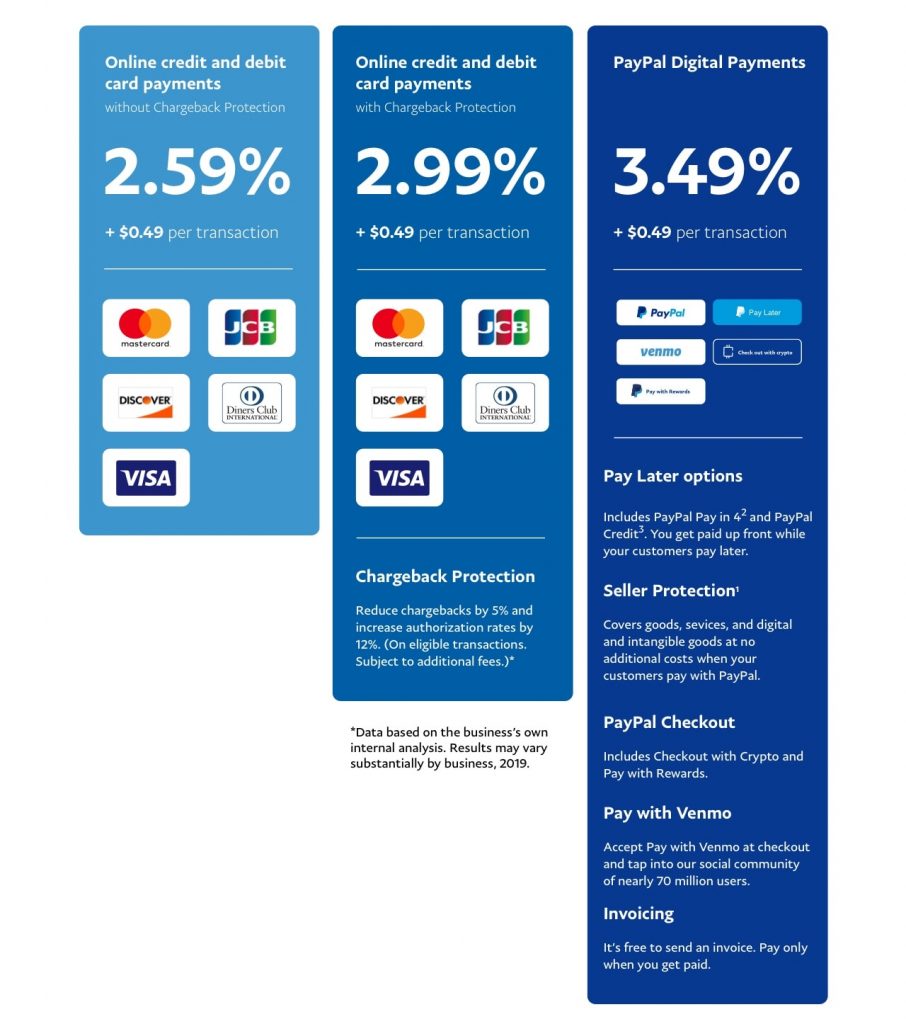

Since PayPal provides a global payment method it adds a lot of service and value which explains the high fees involved. Beyond enhancing the customer experience and likely winning more business and controlling the process so it can better serve not only itself but buyers and sellers alike, eBay will also be able to build a business model out of the payment process. CostsĪs you can see, there are obvious advantages to replacing PayPal with a comprehensive payment solution. To be better than an experienced global payment expert like PayPal might prove to be much harder than some people think. While PayPal provides protection from fraudulent transactions, eBay will have to ensure a proper risk management to balance seller and buyer protection itself. However, the dispute management also points at new risks that eBay will assume responsibility for, as well. Taking control over dispute management is an opportunity for eBay to improve the service for sellers and buyers. By moving away from PayPal, eBay will be able to shield their sellers from this kind of experience. I remember one of our customers who sells outdoor equipment complained about PayPal freezing all of their funds because it considered a Swiss army knife to be a weapon. For example, as soon as a buyer disputes a purchase a retailer’s funds could be frozen for a very long period of time. In our experience, we have heard a lot of discussion from retailers regarding issues with PayPal’s buyer protection and settlement process. Customer data, including on their preferences and behaviours, presents a wealth of opportunity for eBay.Ĭontrol can extend even further, into eBay settling funds to sellers. This insight, in turn, could prove highly valuable for eBay as it could be used to add or improve services for both buyers and sellers alike. The problem for eBay in this is that all of that happens on PayPal’s platform without the knowledge or control of eBay.īy integrating a payment process into its own checkout, eBay will be able to control the entire process and gain valuable intelligence on the buyer’s choices and preferences. Once they do that, PayPal then allows customers to use their preferred local payment method – an extra step on the customers’ side. That will be a significant improvement for eBay users who are coming from many different countries and, therefore, have different habits and expectations with regards to payments.īy taking ownership of the payment process, eBay will be better able to meet shoppers’ preferences and drive more business for the company as a result.Īs things currently stand, eBay users have to register with PayPal. And when customers can use the payment method they like and trust with ease, they tend to convert more.īy replacing PayPal with a customised payment service, eBay will be able to provide a smooth checkout process customised for the local habits of buyers in all markets in which it operates. While PayPal is convenient and used by many, ultimately customers want choice, and many want to be able to easily use their preferred local payment method.

There are several reasons why this move makes sense for the company, and they all come down to the three “Cs”: customer (experience), control, and costs. With the rapid growth and acceptance around the world of PayPal as a strong ecommerce payment option and PayPal being the preferred payment method for most customers who buy and sell on eBay, many may be wondering why eBay would do this. eBay had purchased PayPal back in 2002 and spun it off in 2015, but the two organisations had remained tightly linked, with PayPal continuing to process payments for eBay. It is no secret at this point that eBay, one of the world’s largest online marketplaces, will be replacing PayPal as its main payments processing provider.


 0 kommentar(er)
0 kommentar(er)
